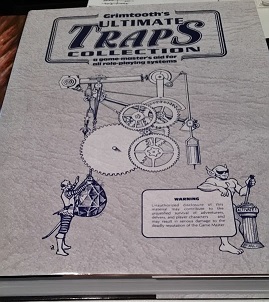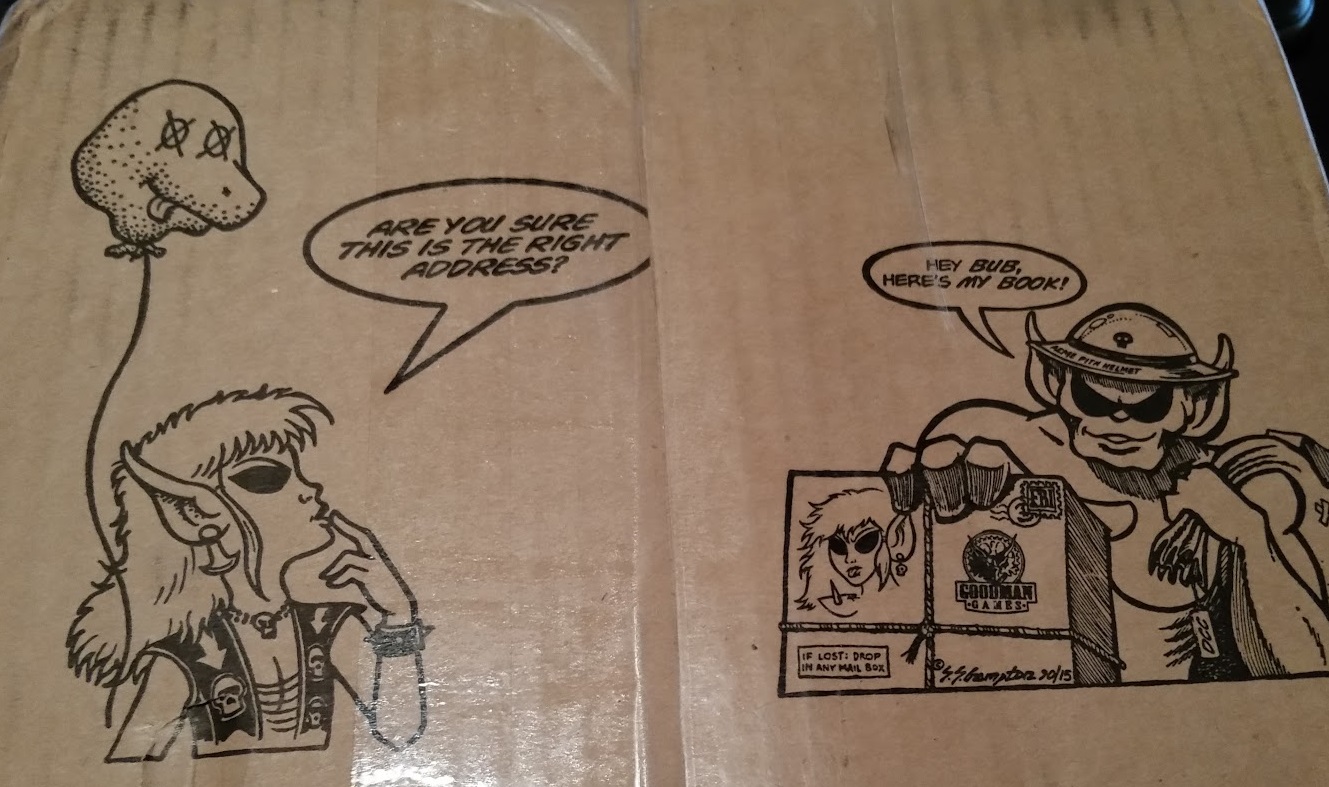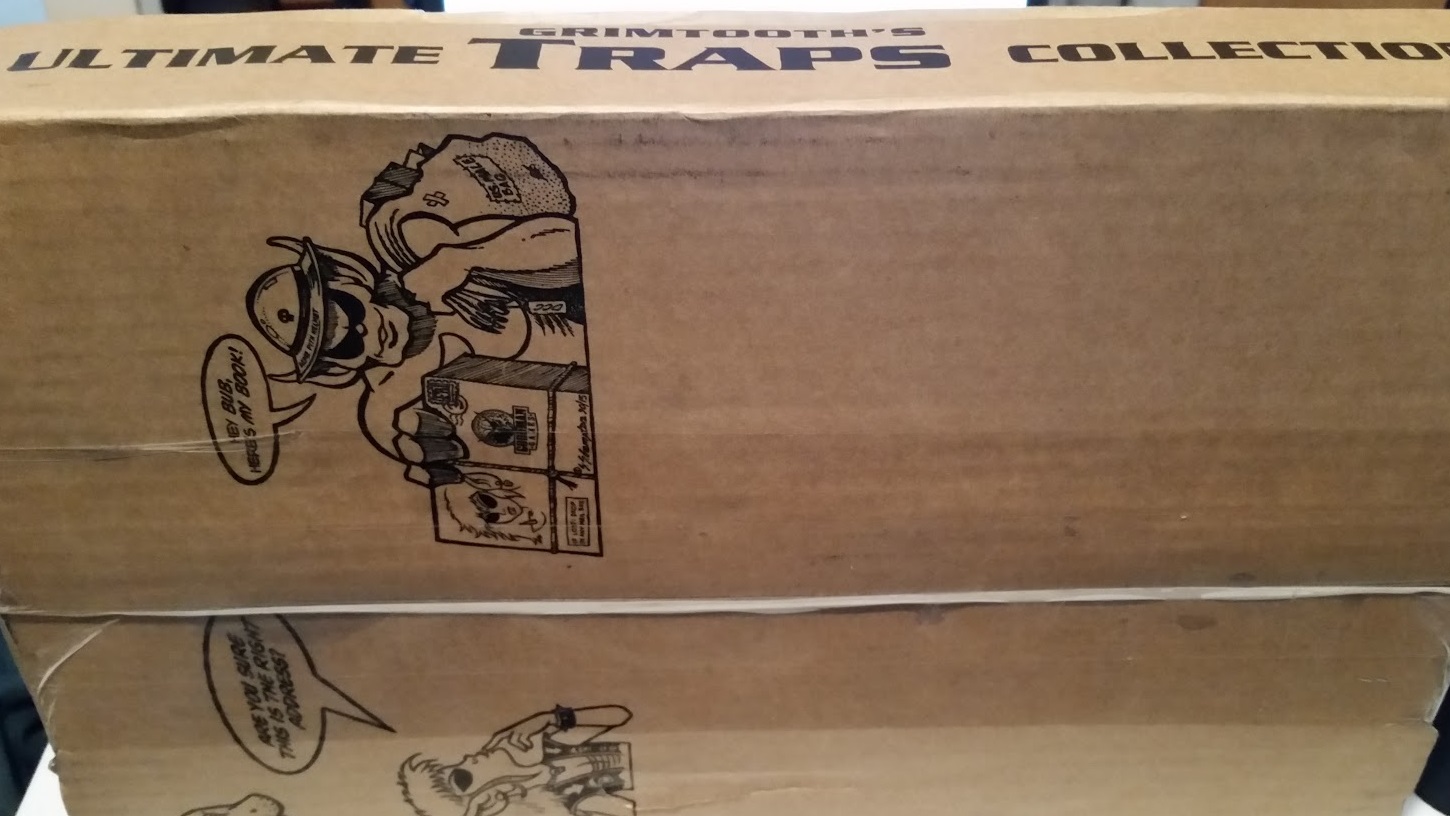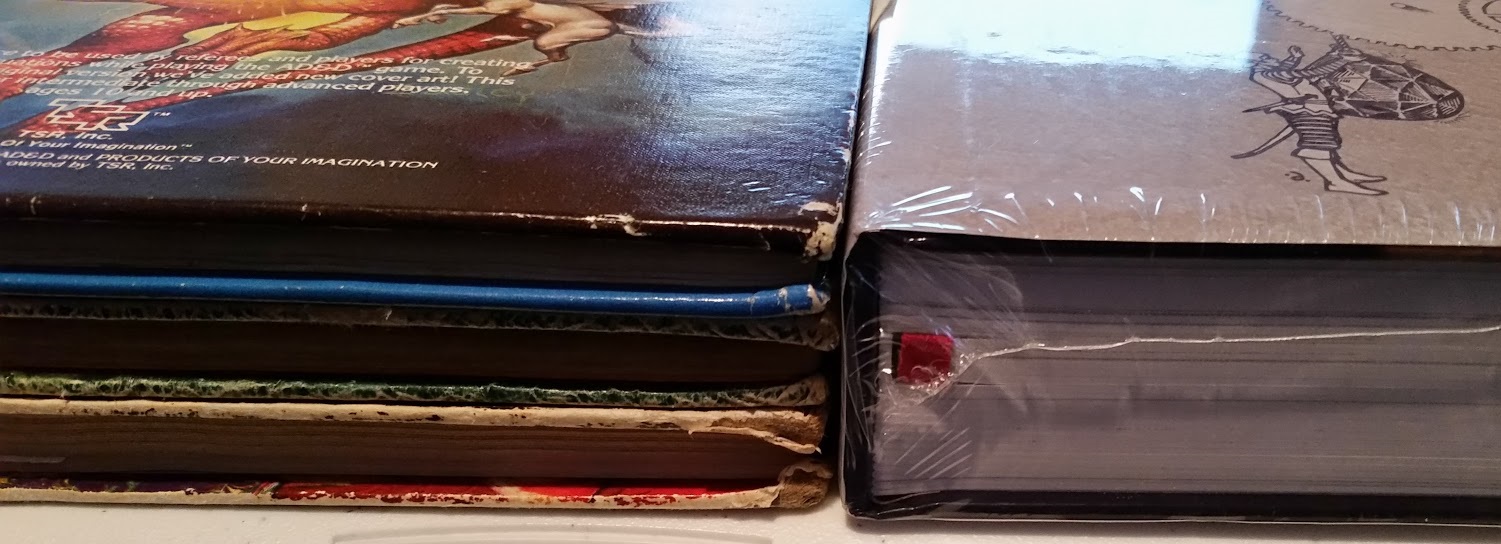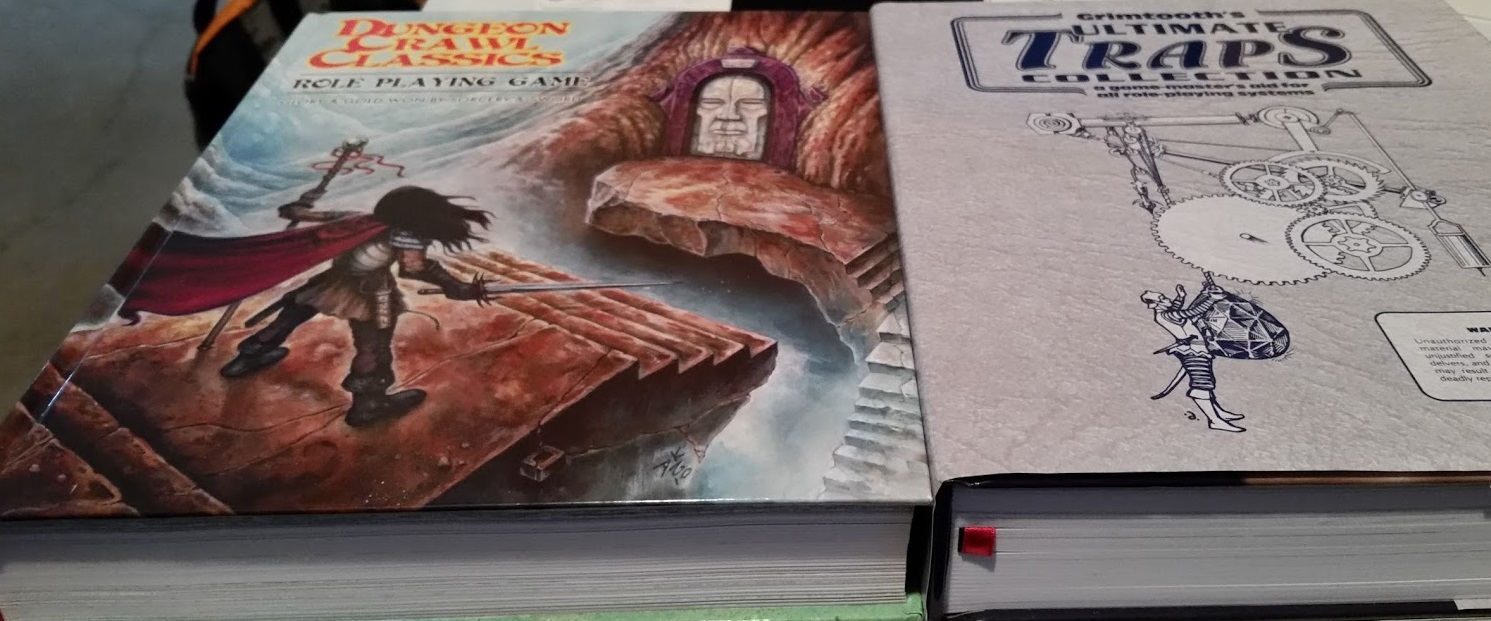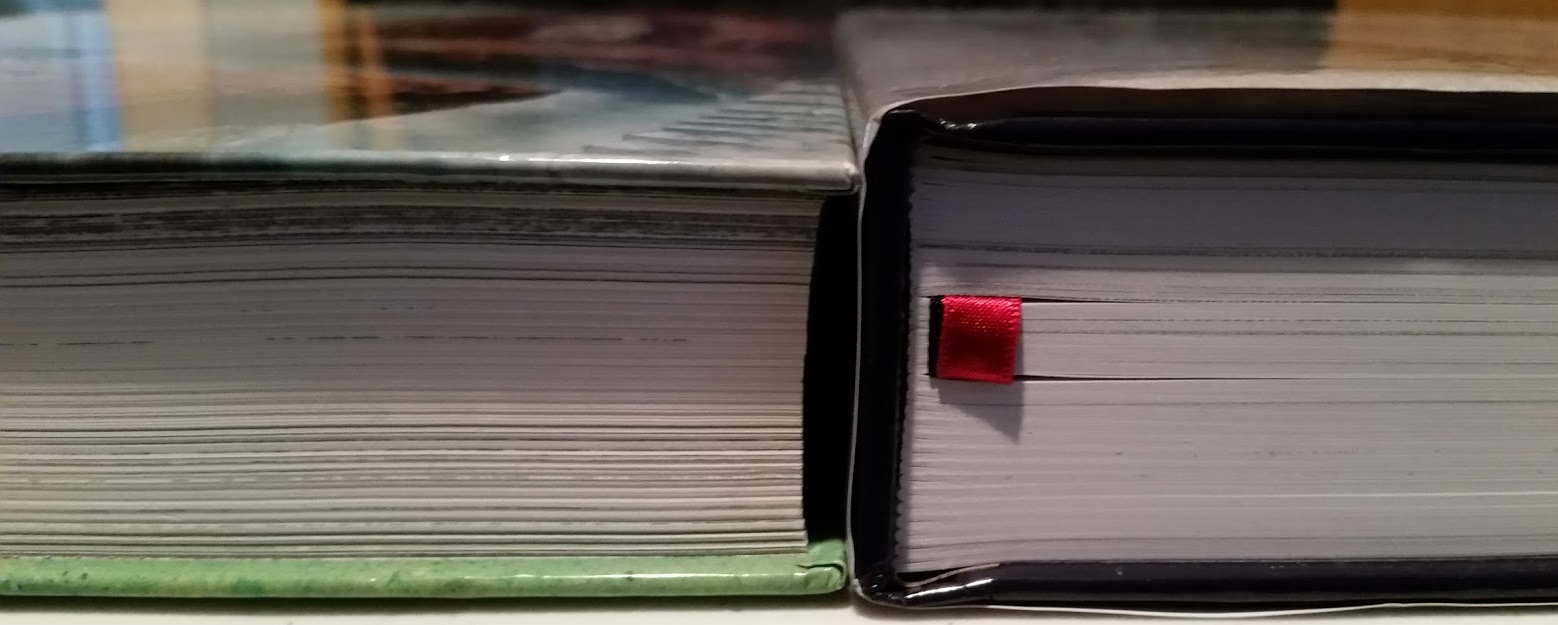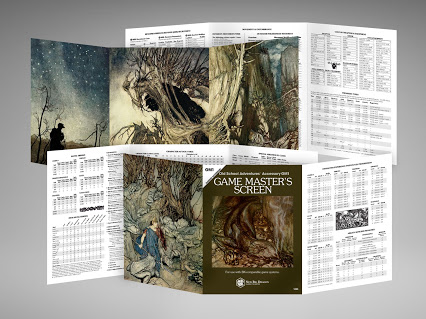I am honored that based on my review of the grappling rules in +Tim Short’s The Manor #8, +Doug Cole asked me to review the current grappling rules for the Dungeon Grappling Kickstarter as is.
I can confirm that the layout is complete with placeholders for all of the art. The Table of Contents and Index are not yet finished.
Doug confirmed to me that he has taken +Erik Tenkar’s Kickstarter suggestions to heart, and learned from other successful Kickstarters. With no physical product, this PDF only offering will be very easy to deliver once the art is complete.
The one thing that concerned me as soon as I opened the file was that it has a background color/image, but it is faded to the point of no issue where text is concerned. The text is legible on both my computer’s LED monitor and the glass screen of my tablet. Those of us with aging eye will appreciate that.
This paragraph early in the PDF gives the whole reason for such supplemental rules.
Grappling rules do not have to suck the fun out of a
game. The key is to take rules that are usually well
developed and understood, and not fight the base
mechanical system when it’s time to grapple. All of
this is in service to the story, contributing to a sense
of action, excitement, and danger. If the rules get in
the way, or if the mechanics do not produce interesting
outcomes, then why bother?
Scattered throughout the text are quotes from 16th century combat manuals, the Epic of Gilgamesh, and other stories about wrestling and grappling.
As one who loves history, I know that knights in full plate were afraid of being pinned and approached with weapons designed or suited for the gaps in their armor. The current growth of medieval martial arts touches on more than just waving weapons, but using them and one’s body to take down their opponents. One can easily find such things on YouTube.
Grappling applies to characters, NPC’s, animals, and monsters.
I was asked on G+, “What rules systems does it use?” It is aimed at the original game, but applies to any version, variant, and clone.
Chapter 1 – Core Concepts
- Grappling actions use the same dice and mechanics as the rules for weapons.
- 3 Concepts: Attack Roll, Defense Target Number, and Effects
- Grapple Difficulty Class (DC) – Basically Armor Class for grabs.
- Factor in strength & dexterity and level.
- Characters and Monsters have different calculations
- There is a basic calculation and then options based on different abilities, and different rules.
- Dexterity, PFRPG, Fifth Edition, and Acrobatics
- Feats and Class Features are also mentioned.
- New 5e feats are presented for consideration.
- Suggestions for PFRPG feats are given.
- Control Points are analogous to Hit Points, and are based on hit dice, but are not the same as HP.
- One handed grappling, such as using a dagger in the other hand is addressed.
Chapter 2 – Grappling Effects
The goal of grappling is to gain control and force consequences on one’s opponent. Such as being pinned in a wrestling match.
Control Points are explained as counting up from zero instead of being reduced from a maximum. As CP increases, effects such as grabbed, grappled, restrained, etc. occur. There is a Control Point Effects table that lists the effects of different degrees of CP.
The Control Maximum (CM) is the most CP a target can take before being incapacitated. There are two options for the base rules, and an option for 5e, and one for PFRPG. In the base rules, one has 10 CP plus or minus modifiers. There is a bit different for 5e & PFRPG.
The Control Point Effects table and its explanation gives spell casters a chance to cast spells in various lesser states of being grappled. That’s not to my taste, but as an old school player, I don’t have an issue ignoring a rule. However, as I read the explanation, I can see that grabbed might not ruins some spells. I’ll have to think more about that.
There is also an Attacking Grappler Effects table. It lists the effects of grappling an opponent. For example, wrapping one’s arms and legs around an opponent causes the grappler to also be immobile for the duration of that grapple.
The section on Instant Conditions discusses how to grapple a foe and gain control instantly.
There is a list of conditions specific to 5e, and a list specific to PFRPG.
Chapter 3 Grappling Techniques
Means of ending the fight: points (like a wrestling match), fight-ending position, change foe’s position, inflict pain, render unconscious, injury, kill.
One can tell that the author has experience with wrestling and martial arts by some of the descriptions. This takes verisimilitude and applies it to the system without breaking the system. A very rare thing.
Wrestling for items is also mentioned.
Size is also important and refers the reader to Monstrous Grappling. My brother had a large weight advantage to me in high school. While walking down the hall he’d shove me and I’d go across the hall. I’d try shoving him, and I moved more than he did.
The sued of weapons and magic is also covered. Some weapons, like whips are designed to grapple. Entangle is used as an example of a spell with grappling effects.
Chapter 4 Monstrous Grappling
This quote exactly describes why monsters would grapple:
But many creatures, especially beasts, aren’t trying
to kill you because your alignment is different than
theirs is, or they’re acting on orders from the evil
Foom the Woc God. They’re trying to kill you because
they’re hungry, and for whatever reason, you look
like a moveable feast.
An example of how to convert a monster with a system that doesn’t have all the information in its stats block as some systems, shows how easily one can implement this system on the fly. A later example shows how converting an early edition ogre gives a similar CP value as using the 5e formula. This indicates that the author has a quick, flexible, and accurate solution to determining this value.
There is a size adjustment table that illustrates how size inhibits or enhances the effectiveness of a particular creature at grappling.
Tiny and small creatures get a table for how much lower their control damage is due to their lesser strength.
Finally, this chapter concludes with ten sample monsters using PFRPG, S&W, and 5e variants. There are representative monsters for each of those systems, but not a listing of each of those monsters in all three systems.
My take – This is something that has been needed in RPG’s for a long time. The Grappling Rules in AD&D are notoriously challenging to implement in play. The short and simple system introduced in Manor #8 is expanded in these pages. It gives a bare bones system and adds options and touches on how it can be used in specific systems. The basic rules will work for variations of the original game and clones, as well as later editions and variants of the original game.
The system is built on a basis of normal combat resolution. I like this approach. Use what is there instead of building a new system that doesn’t feel right. Another good example of this is what +James Spahn did in White Star with vehicle combat using the same format as individual combat.
I can’t think of a situation not explicitly covered in these rules. I wrestled a lot with my brothers growing up
Caveats – I don’t know the 5e rules – I’m way behind on reading them. I don’t have PFRPG, and never played so I can’t comment on how well these rules fit those systems.
I didn’t have time to do a test of these rules as part of this review. However, based on the similarities to regular combat in AD&D, this looks to be a useful replacement for those grappling rules.
What I’d like to see – These are all fitting for the end of the PDF.
- One page with all the tables
- A summary of the suggested calculations for each rule variant.
- A listing of the various conditions and effects.
- These later additions in black & white for clean & simple printing.
- A Black & white option for the entire PDF for printing whether at home or a print shop.
A five dollar buy-in for the PDF is a definite bargain. Pledge to the Kickstarter if you’re interested.

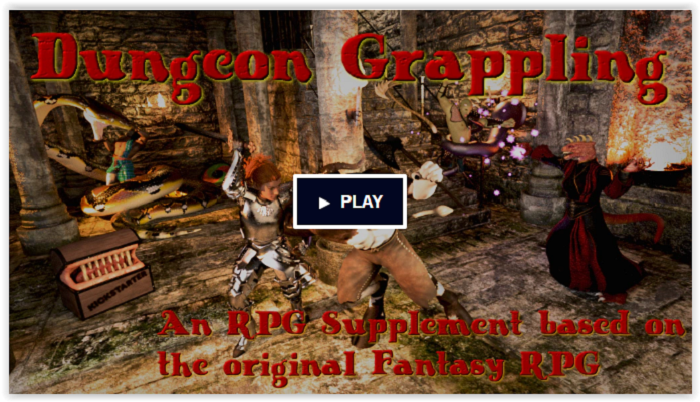
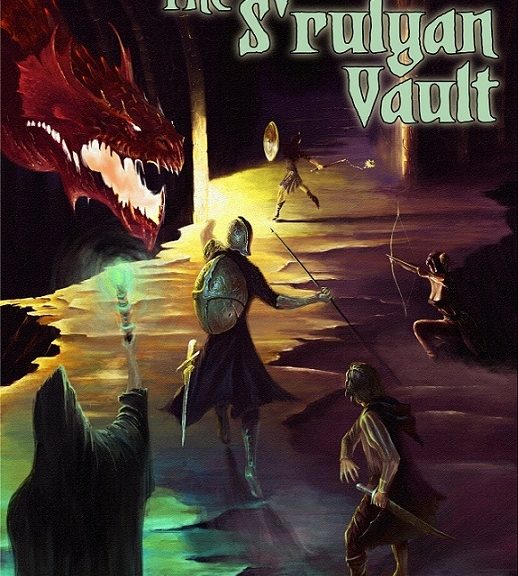

















 DAC & WAC Side By Side
DAC & WAC Side By Side



